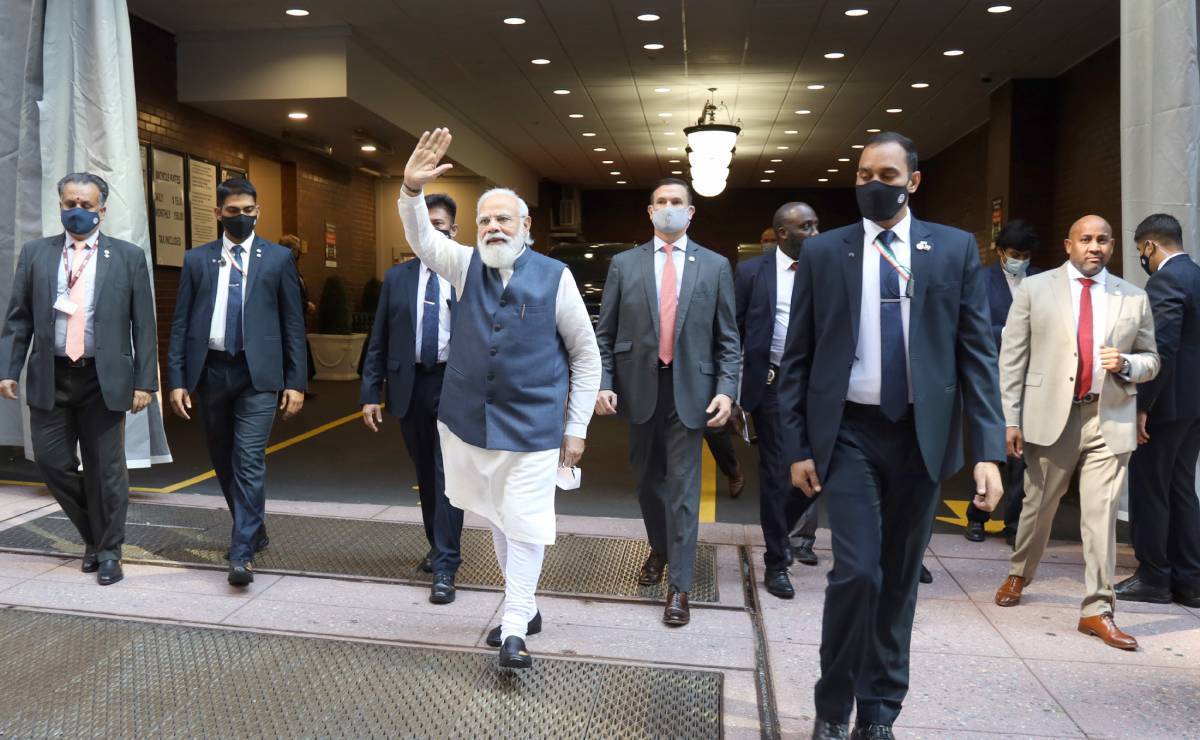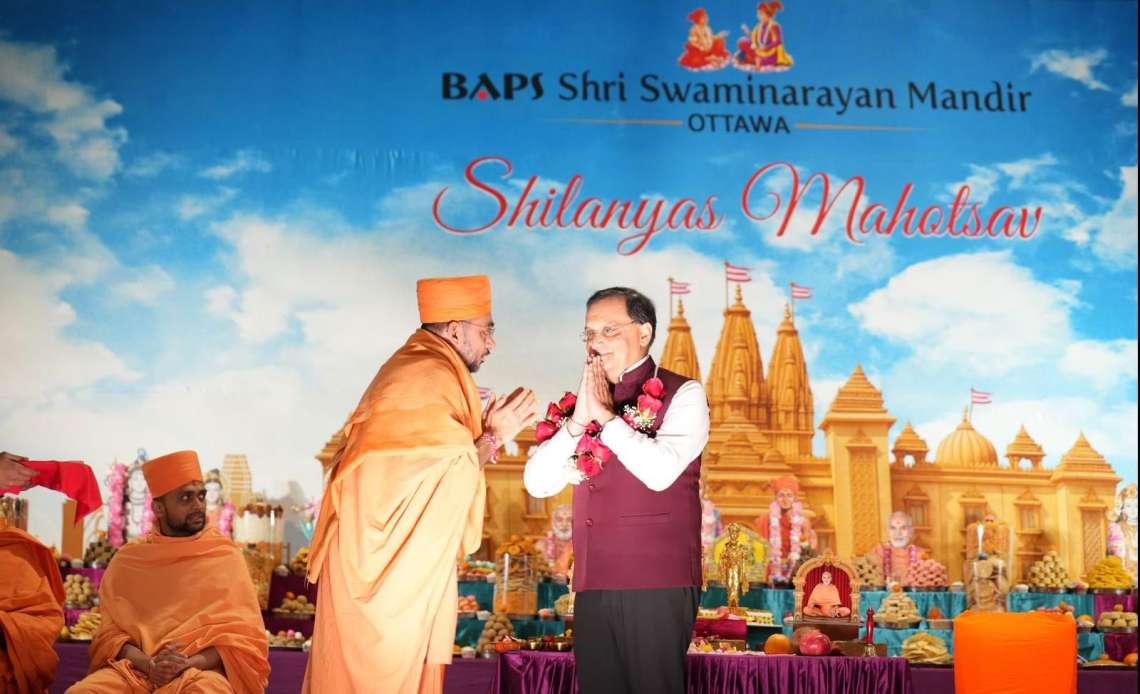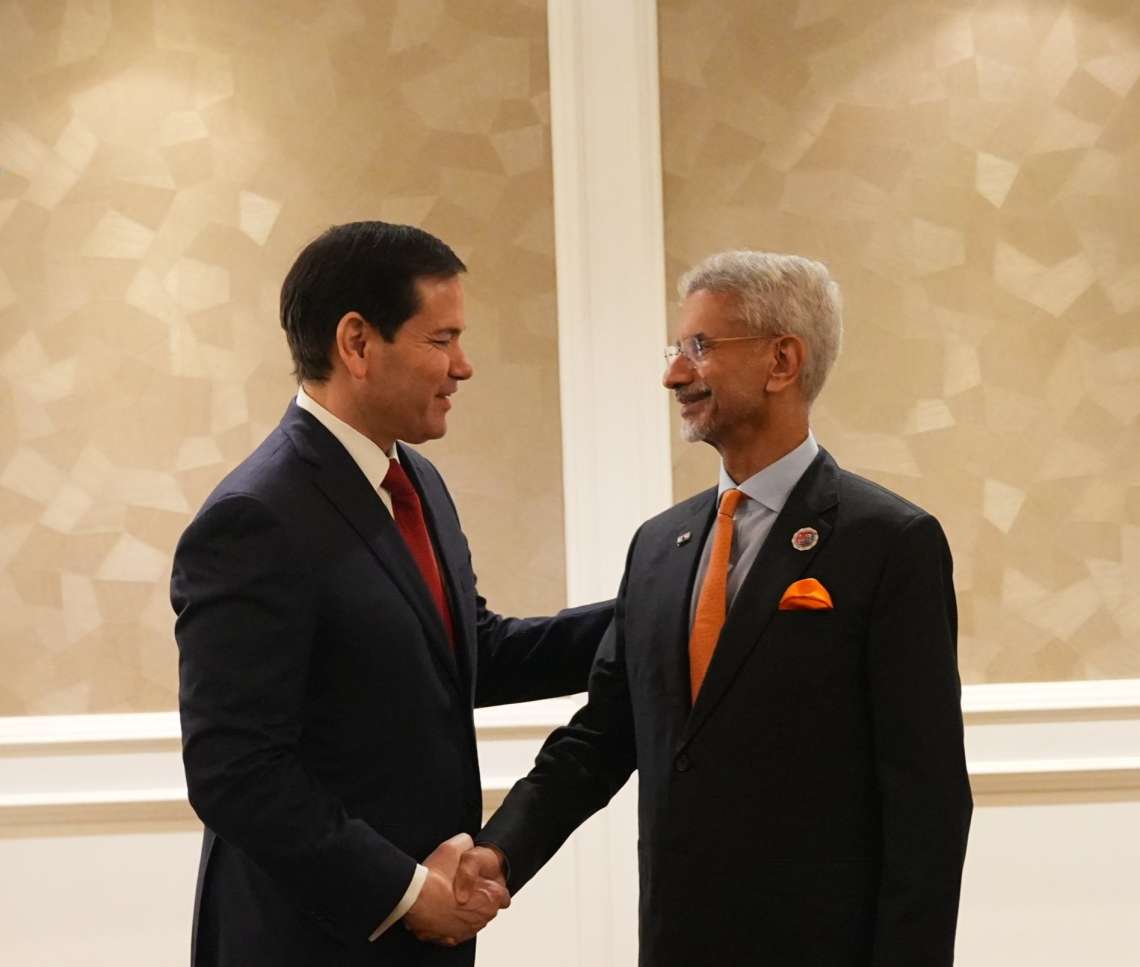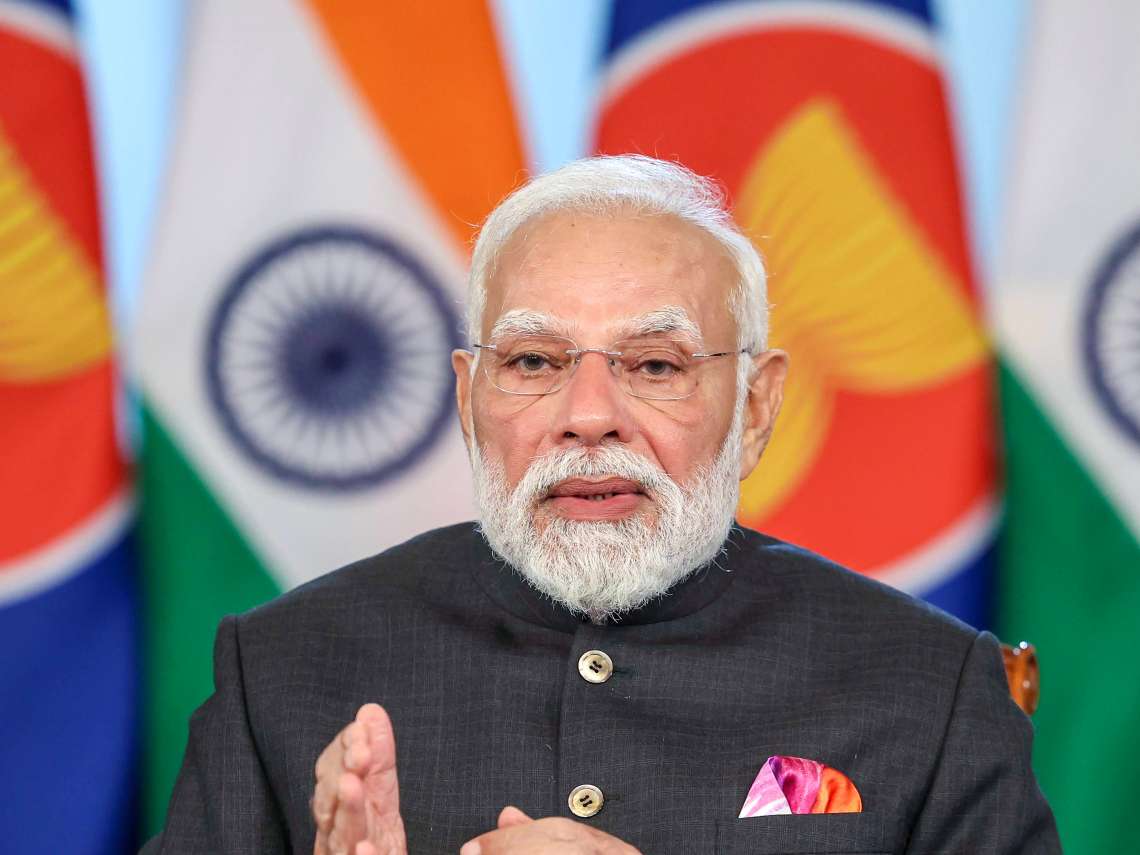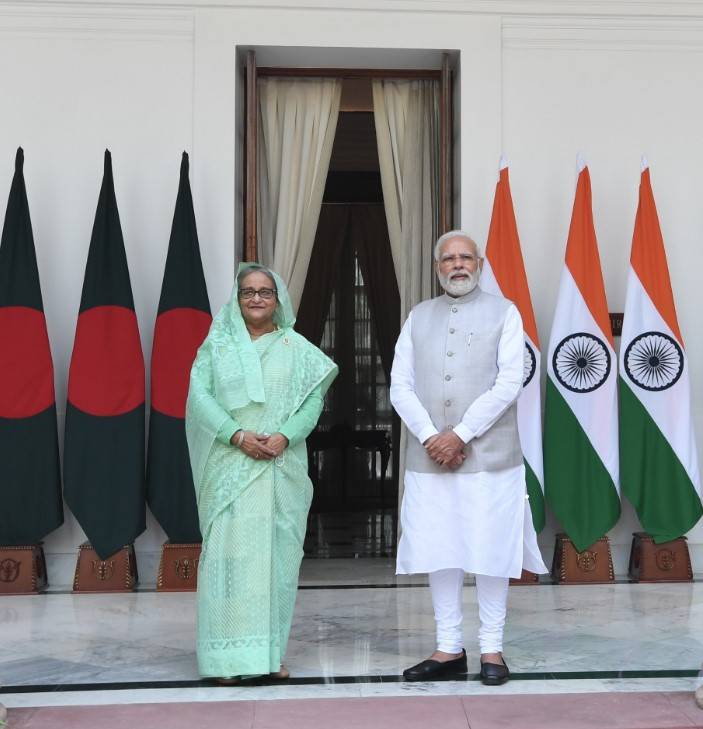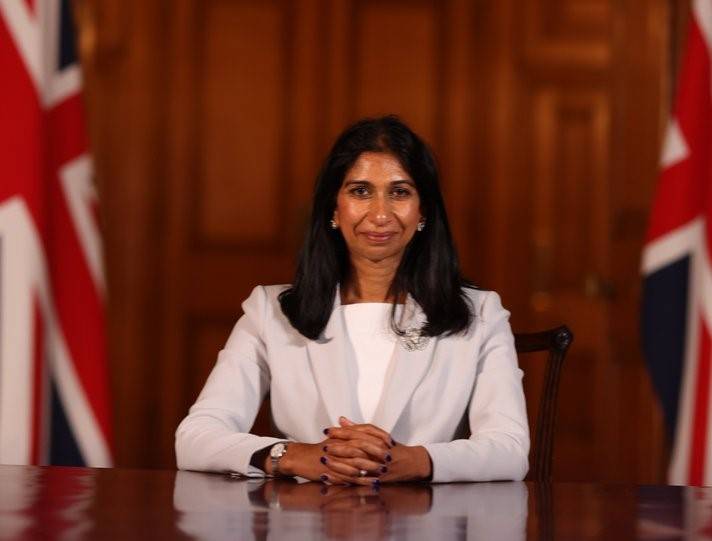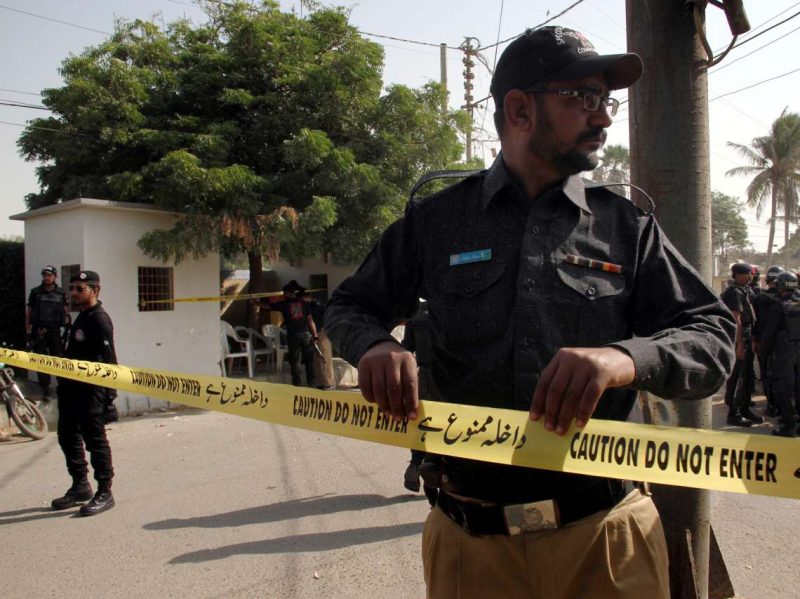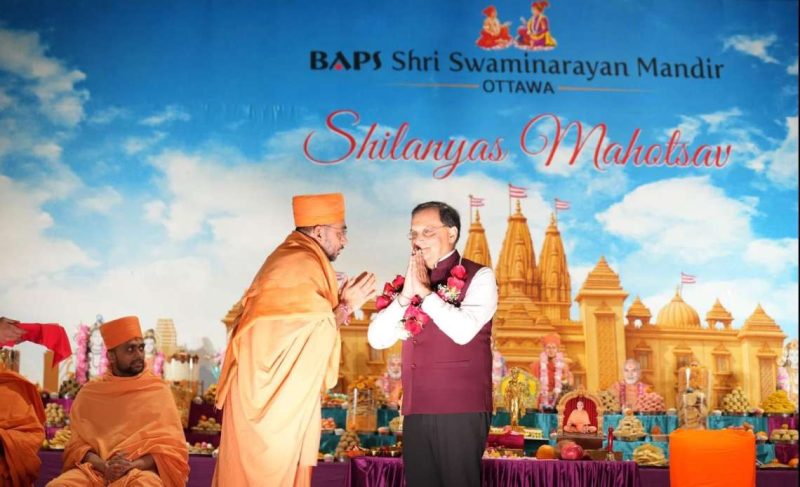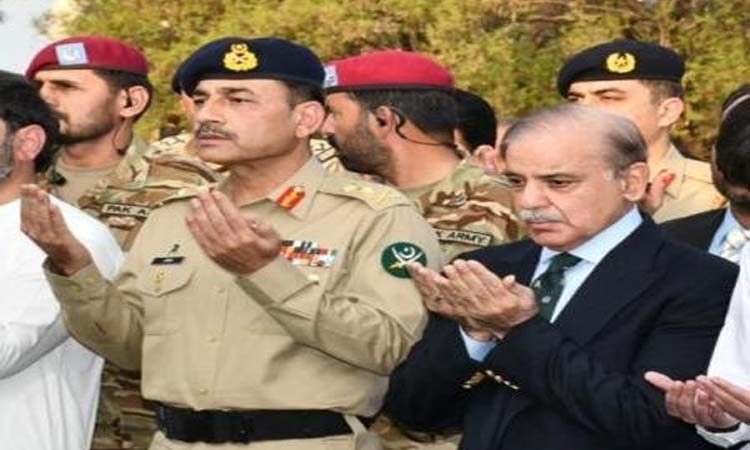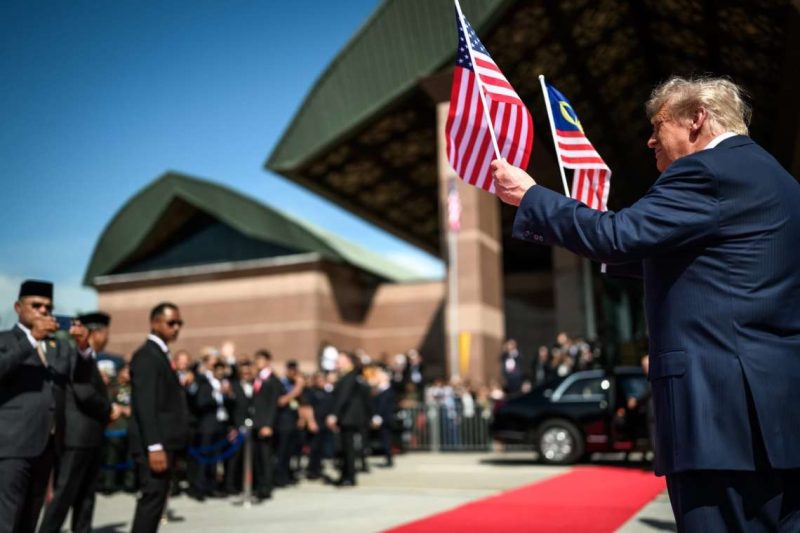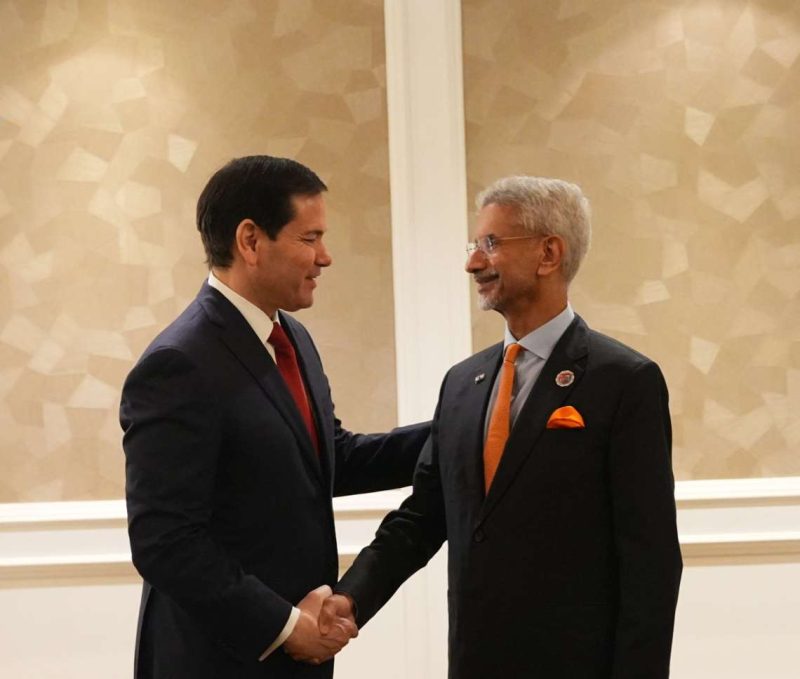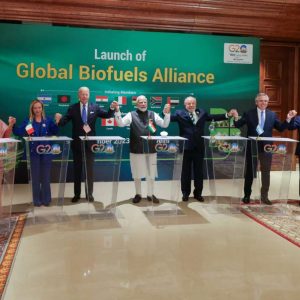Economists who have been relentlessly critiquing the Indian economy are stumped that they failed to foresee Britain’s, and indeed much of the West’s, woes, writes Anurag Singh Thakur
It may be coincidental, but it is nonetheless of profound satisfaction for every Indian that India has surpassed Britain to emerge as the world’s fifth largest economy in the 75th year of its independence from British colonial rule.
This achievement also comes at a time when Britain is struggling to shore up its plummeting economy and firefighting soaring inflation which has pushed up cost of living to levels never imagined by the UK, Europe and the West.
Economists who have been relentlessly critiquing the Indian economy are stumped that they failed to foresee Britain’s, and indeed much of the West’s, woes. To paraphrase French President Emmanuel Macron, the days of abundance are truly over for them. And they could just about be beginning for us.
Bloomberg, which first broke the news of India surpassing Britain to become the world’s fifth largest economy, contextualised it in colonial terms of a coloniser being left behind by its erstwhile colony. The Emperor was stripped of both empire and glory long ago; over a period of time Great Britain shrank into little England; but its economy remained strong and the UK firmly held its place in the list of top five economies.
Offensive as the colonial reference in the Bloomberg report no doubt was, it also underscored how a country that was left battered, bruised and bleeding by its British rulers in 1947, had steadily risen to reclaim that which was lost: economic prosperity and clout.

It would be in order to reiterate that the British colonisation of India was essentially about the economic exploitation of this country and the transfer of wealth from India to Britain. Seventy-five years ago, when the Tricolour replaced the Union Jack on 15 August 1947, India’s share of the world GDP had fallen from 24.4 per cent in 1700 to a paltry 3 per cent. Britain prospered while India was pushed further into poverty.
It is important to recall these numbers to understand the stunning rise of India in the last eight years which have seen Prime Minister Narendra Modi making major policy shifts to put the national economy in top gear and making up for the lost decades when successive Governments dallied with Soviet era-style state control and grossly underestimated the potential of Indian enterprise, choosing to ignore aspirations for restrictions.
In 2014, Prime Minister Modi buried the past and launched a future that would address the many aspirations of Indians, unleash their potential, and place this great nation on a trajectory of growth while ensuring that the last person in the last row is a beneficiary of a wealthier and prosperous India. These eight years have witnessed the impact of the steady changes brought about by PM Modi, making the India Story the most relevant in the world.
Statistics by themselves tend to tell a partial story. India has emerged as the fifth largest economy in terms of nominal GDP clocking in at 13.5 per cent in the first quarter of FY 2023. If we were to factor in purchasing power parity, India’s GDP makes it the world’s third largest economy, behind the US and China. All available indices and projections suggest that while the GDP of others will either stagnate or decline, India’s will continue to rise. Which means India will maintain its lead and increase the pace of closing existing gaps.
The two successive Covid19 pandemic years severely impacted India’s economy, as they did economies globally. They were years of adversities which PM Modi converted into opportunities. His foresight prevented India from going the way of others by splurging money and squandering resources. Instead, he opted for a cautious and prudent approach, targeting expenditure on job-generating infrastructure projects and promoting incentive-based schemes for industry to regain momentum.
The Production Linked Incentive scheme worth Rs 2 lakh crore has begun to show results. These measures came in the backdrop of PM Modi ensuring a vastly improved ease of doing business, policy stability, revised labour laws, and a hugely popular and the world’s largest digital payment system, apart from leveraging India’s technology pool, encouraging start-ups and unicorns, and directly engaging with global investors and industries.
While the emphasis was no doubt on getting the economy back on rails and pushing for a rise in GDP which had taken a beating during the lockdown years, PM Modi did not forget those who bore the brunt of the pandemic – the poor and the underprivileged. The world’s largest free food programme with almost two-thirds of India’s population receiving free rations, coupled with the world’s largest Covid19 vaccination drive, helped India’s economy to recover from the pandemic’s ravages and gain both speed and scale.

In 1947, India was a disinherited nation. As we enter the 25 years leading up to 100 years of freedom, our nation’s ‘Amrit Kaal’, we stand stronger and more prosperous. Today India is the world’s leading consumer of smartphone data, it ranks second in terms of Internet users, and it is the world’s third largest consumer market clocking in at number two on the Global Retail Index.
The very fact that India is the third largest consumer of energy underscores its booming economy. From importing Lancashire products 75 years ago, there has been spectacular rise in the export of Indian textiles. We are now robust participants in global trade, surpassing previous export records and touching Rs 50 lakh crore this year. Our merchandise export has crossed Rs 31 lakh crore. A country that once lived on the mercy of PL 480, exports food to the world today.
The list of Modi Government’s success stories is long. It would suffice to mention that more than 100 billion-dollar companies have been created and new companies are being added every month. The valuation of unicorns created in the last eight years is Rs 12 lakh crore. Under PM Modi’s indefatigable leadership, India has grown from a few hundred to 70,000 start-ups.
Yet, growth and prosperity have not been uneven: 50 per cent of the start-ups are in tier 2 and tier 3 cities. Much of these successes are driven by the Digital India revolution ushered in by PM Modi. In 2014, India had 6.5 crore broadband subscribers; today, there are more than 78 crore subscribers. The introduction of GST has served entrepreneurs well while plugging gaping holes in tax collection.
But India is not merely about chrome and glass malls showcasing its rising prosperity. Nobody understands this better than PM Modi. Hence his focus has been on reducing poverty, which is happening. A recent IMF study tells us how extreme poverty and consumption inequality have sharply declined. Housing and healthcare for the poor have had a remarkable impact on social development indices, as have a slew of schemes ranging from providing subsidised LPG to the underprivileged, to bringing potable water on tap in every rural household.

Mudra loans and other associated programmes have given a push to self-employment opportunities that not only create micro enterprises but also generate jobs. Compared to global energy price increases, India is better placed; the post-pandemic turbulence has least impacted ease of living.
PM Modi’s vision of ‘Ek Bharat, Shreshth Bharat’ has slowly but steadily taken shape and form. It is a vision that involves both Government and people – a joint effort, or ‘Sabka Prayas’.
This Bharat is self-confident and ‘atmanirbhar’, ready to meet challenges and overcome adversities. Crossing the twin milestones of emerging as the fifth largest economy and the fastest growing economy is no doubt a stupendous achievement for India and Indians. From this point on we begin our journey on the road to achieving PM Modi’s goal of creating a $5 trillion economy. It can now be said confidently that India shall cross this milestone too in the next two years. It’s happening.
(Anurag Singh Thakur is the Union Minister for Information & Broadcasting and Youth Affairs & Sports, Government of India)


